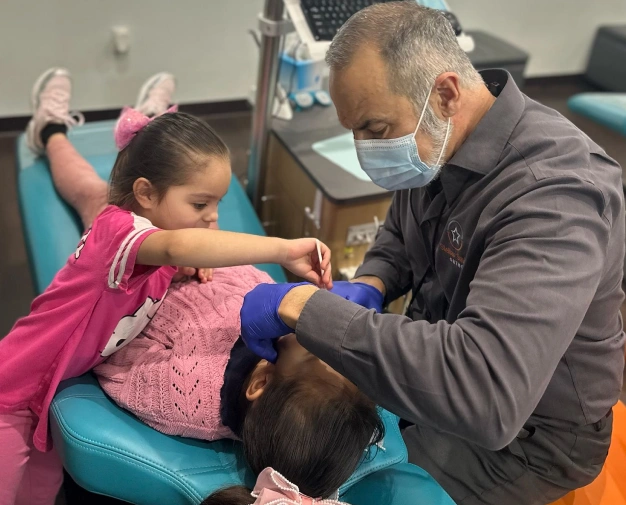
Confidence Begins With a Beautiful Smile
So, you are ready to get that dream smile in our orthodontic office. Congratulations! The benefits of correcting misaligned teeth are so many! Straight teeth are pleasing to look at and greatly boost confidence and self-esteem. More importantly, properly aligned teeth enhance the biting, chewing, and speaking functions of the jaw.
We are all unique individuals with different bites, tooth shapes and sizes, and goals. So, each and every orthodontic treatment plan that we recommend for our lovely patients is well planned and unique. Check out the 4 Steps below:
Check out the 4 Steps below:
Step 1: The Consultation and Planning Stage
Panoramic X-ray
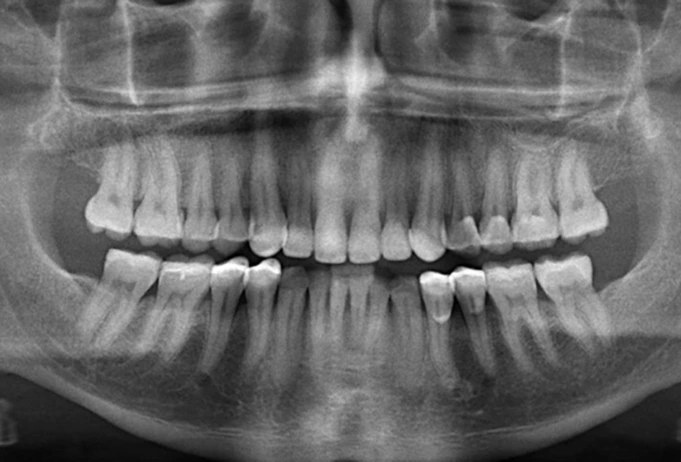
A panoramic X-ray is non-invasive and usually takes just a few minutes. The patient stands in a machine while a rotating arm moves around their head. The patient must remain still and bite gently on a small rest, which helps ensure a clear image.
Panoramic X-rays are considered very safe. The radiation used in dental X-rays is minimal, especially compared to the natural background radiation we are exposed to daily. However, as with any X-ray, it is important to limit unnecessary exposure. We will only recommend this X-ray when it’s necessary for diagnosis or treatment planning.
Orthodontic Diagnostic Pictures
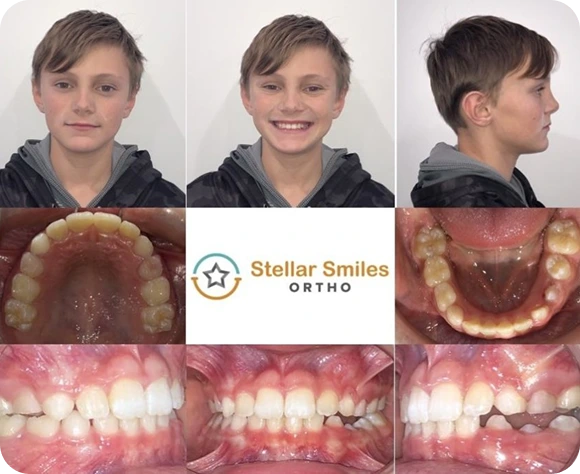
Types of Orthodontic Diagnostic Pictures:
Frontal View:
A photograph of the face taken from the front to assess the symmetry of the facial features, including the alignment of the teeth and jaws.
Why it’s important: Helps evaluate facial asymmetry, how the teeth line up with the face, and any visible skeletal issues.
Profile View:
A side view of the face to analyze the relationship between the upper and lower jaws, as well as the positioning of the teeth.
Why it’s important: This photo is crucial for assessing issues like an overbite, underbite, or protruding teeth, and provides insight into how the jaws are aligned.
Smile View:
A close-up shot of the patient smiling.
Why it’s important: Allows the orthodontist to assess how the teeth look when smiling and check for any issues like teeth showing too much or too little.
Frontal View:
A photo taken from inside the mouth that shows both the upper and lower teeth together.
Why it’s important: It helps assess how the teeth fit together (the bite), alignment issues, and the spacing between teeth.
Right and Left Bite Views:
Photos taken from the sides of the mouth with the teeth in a biting position. These images show how the teeth align when the patient bites down.
Why it’s important: They help assess side-to-side bite issues, such as overbites, underbites, or crossbites.
Occlusal View:
Why it’s important: This view provides insight into the overall bite and alignment, allowing the orthodontist to check for crowding, bite discrepancies, or other issues.
Lateral Cephalometric X-ray
A lateral cephalometric X-ray (often referred to as a lateral ceph X-ray) is a specialized type of X-ray commonly used in orthodontics to evaluate the bones and soft tissues of the head, including the teeth, jaw, and facial structures. It provides a side-view image of the skull, helping the orthodontist assess various aspects of your facial and dental alignment.
What Does a Lateral Cephalometric X-ray Show? This X-ray captures the following key areas: Teeth Alignment, Jaw Position and Relationship, Facial Growth and Development, Airway Evaluation, Bone Structure and Soft Tissue.
Why is a lateral cephalometric X-ray an essential tool? Diagnosis and Treatment Planning, Facial Aesthetics, Monitoring Growth, Evaluation of Treatment Progress and Surgical Planning.
iTero Scan
iTero 3D scan is a cutting-edge digital scanning technology used in orthodontics to create a detailed, accurate 3D model of a patient’s teeth and gums. The iTero scanner is commonly used to help orthodontists plan and monitor treatments, including for braces or clear aligners (like Invisalign®). It’s an alternative to traditional impressions that typically involve biting into a gooey mold material, which everyone finds uncomfortable. At Stellar Smiles Ortho we bring cutting edge technology to your smile.
How Does the iTero 3D Scan Work? The iTero scanner uses a small handheld device that’s gently moved over the surfaces of your teeth and gums. As it moves, the scanner uses light and lasers to capture thousands of data points to create a 3D digital impression of your mouth. The iTero scanner allows us to view your scan in real-time on a screen, providing immediate feedback. This allows us to assess the state of your teeth and gums and make adjustments if necessary during the scan.
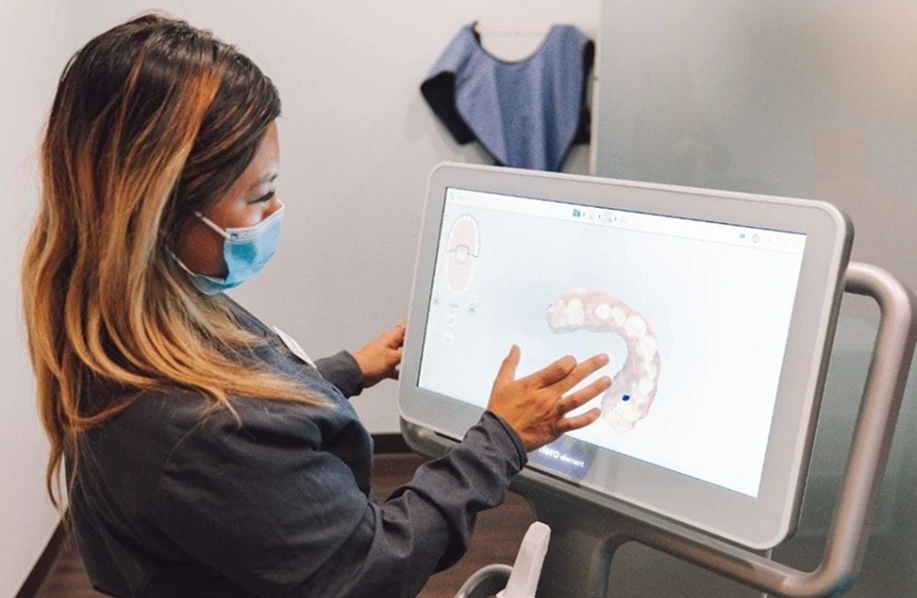
The Clinical Exam
The Clinical exam during an orthodontic consultation is a key part of the evaluation process, where the orthodontist carefully examines your mouth, teeth, bite, and jaw to identify any potential issues and to plan solutions. Our Doctor will carefully review all the diagnostic records that we mentioned above to make sure we don’t miss anything.
Medical and Dental Evaluations – Dental and physical problems tend to go hand in hand. Problems in the oral cavity (mouth) can lead to (or be caused by) medical problems. The goal of this evaluation is to ensure that prior medical and dental issues are completely under control before treatment begins.
Treatment Plan
Step 2: Getting Started
Traditional Orthodontic Appliances:
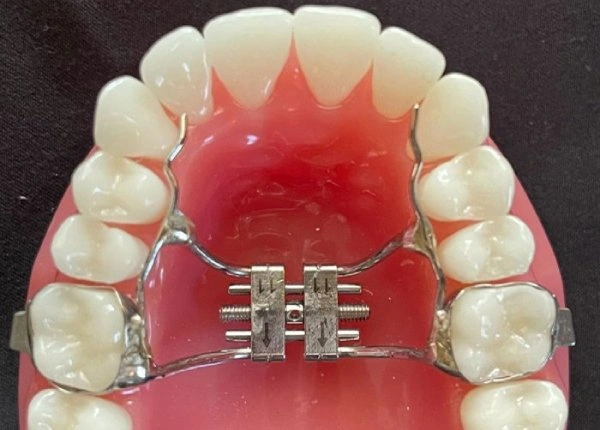
Metal expanders
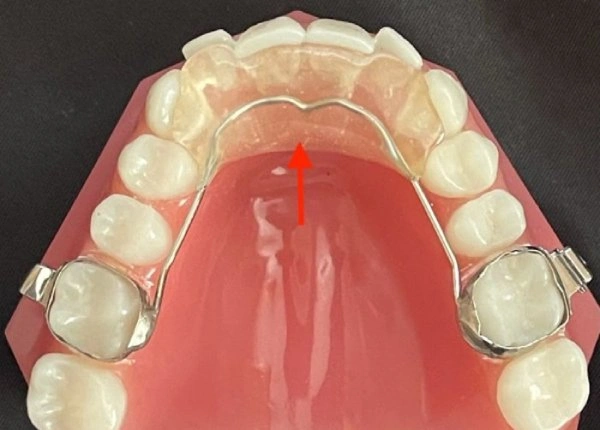
Bite Plate
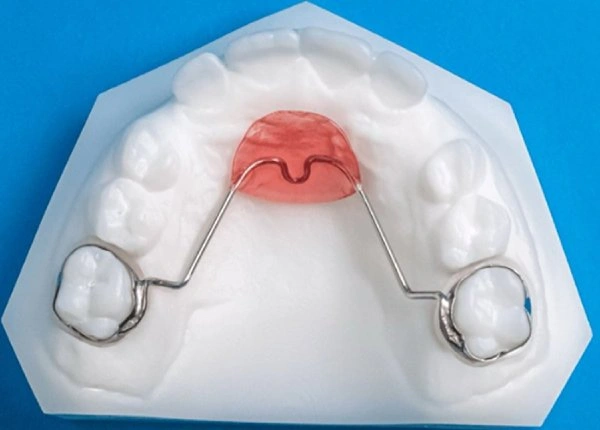
Nance Holding Arch
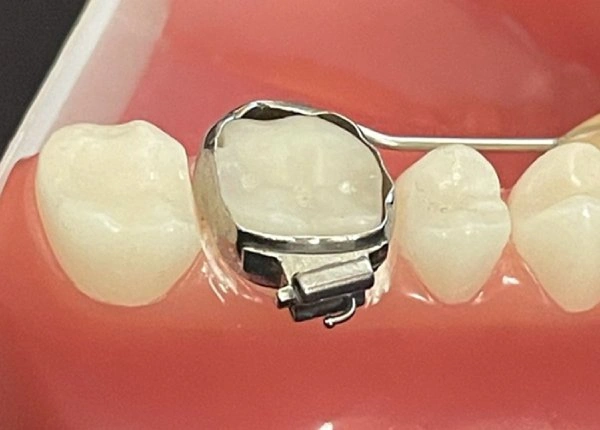
Metal Bands
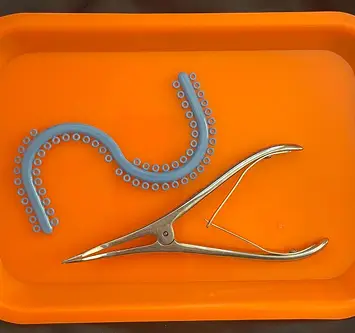
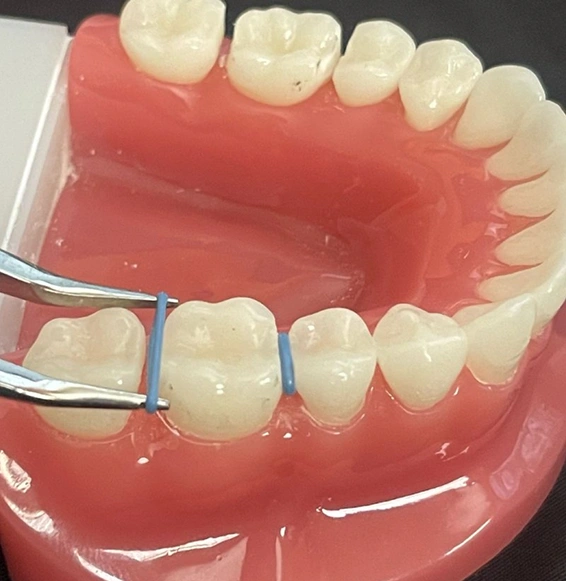
Fitting Appointment:
After 2-3 weeks, the separators have made enough space so we are able to do the fitting of the metal rings on your back teeth. This will allow us to know exactly how the appliance will fit. If we have a good fit then the next step will be to do an iTero 3D scan.
iTero 3D scan is a cutting-edge digital scanning technology used in orthodontics to create a detailed, accurate 3D model of a patient’s teeth and gums with the custom-fitted metal rings. We can then move to the next step of ordering your custom appliance after we print your 3D models.
Delivery Appointment:
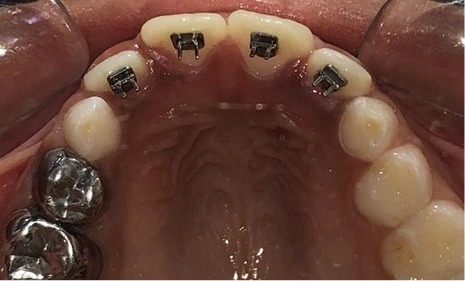
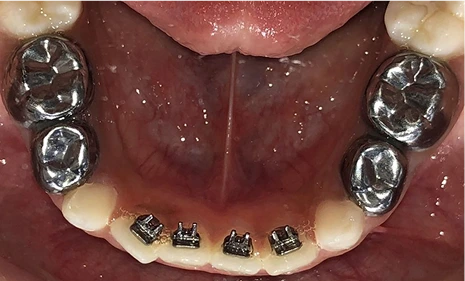
Habit Orthodontic Appliances:
These are small devices designed to help address and eliminate undesirable oral habits, such as thumb sucking, tongue thrusting, or other similar behaviors that can interfere with proper teeth alignment and oral development. These appliances are often used in children to break habits that could lead to long-term dental issues if left unchecked.
The Tongue Tamer is typically placed in the first visit on the back of the top and bottom front teeth where it can gently discourage the child from placing their thumb or tongue in the mouth inappropriately. When the child attempts to suck their thumb or push their tongue forward against the roof of the mouth, the appliance causes mild discomfort or resistance, making the habit less pleasurable or effective.
Invisalign® First for Kids
Placement of Attachments
- Placement: We will place a small amount of dental bonding material on the selected teeth where attachments are needed.
- Light Curing: A special UV light will be used to cure (harden) the bonding material, ensuring the attachments stay securely in place throughout the treatment.
Care Instructions:
Invisalign® for Teens and Adults
After reviewing the personalized treatment plan for you, we will help you download the Invisalign® app. This will greatly help you to motivate to reach your smile goals and keep you on track.
You can also watch and share with your friends the Invisalign® smile simulation video.
Checking the Fit:
Placement of Attachments (3-6 weeks later)
- Placement: We will place a small amount of dental bonding material on the selected teeth where attachments are needed.
- Light Curing: A special UV light will be used to cure (harden) the bonding material, ensuring the attachments stay securely in place throughout the treatment.
Care Instructions:
Step 3: The Active Treatment Phase
Step 4: The Retention Phase
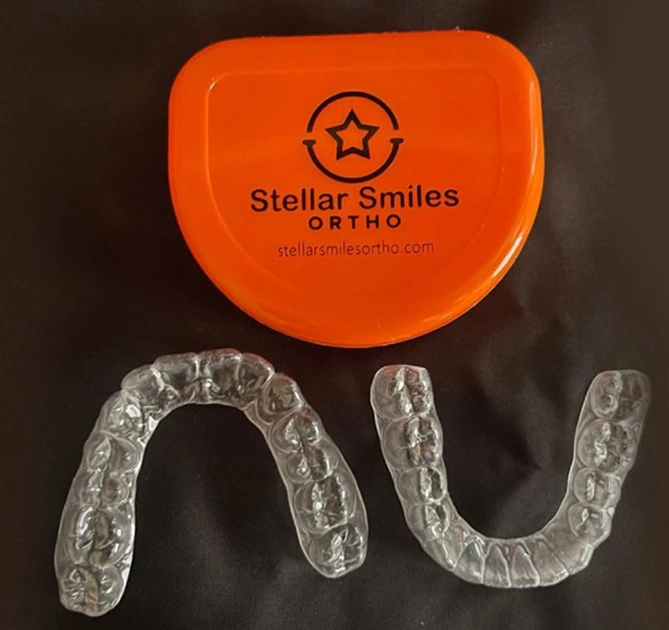
Clear Retainer (Essix Retainer)
Clear retainers, also known as Essix retainers, are made from a thin, clear, plastic material that fits snugly over the teeth.
Material: Made from a clear, durable plastic that is molded to the shape of the patient’s teeth.
Benefits:
- Aesthetic: Clear retainers are discreet and nearly invisible, making them a popular choiceamong patients.
- Comfort: They fit snugly over the teeth, and many patients find them comfortable to wear.
- Easy to Wear: They don’t have wires, so there’s no irritation to the gums or inside of themouth.
- Durability: Clear retainers can become worn down over time and may need to be replaced especially if you grind your teeth a lot.
- Cleaning: They require regular cleaning to prevent buildup of bacteria or plaque. Patients also need to avoid eating with them on to prevent damage or staining.
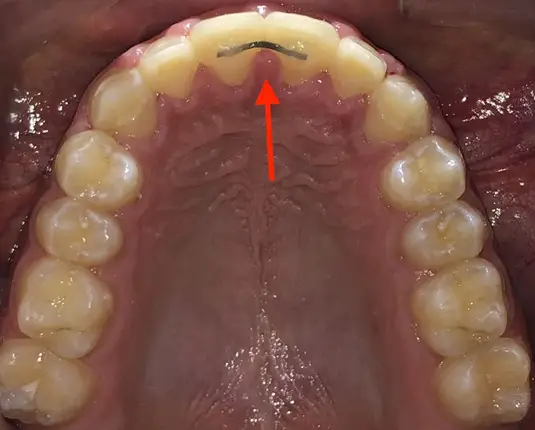
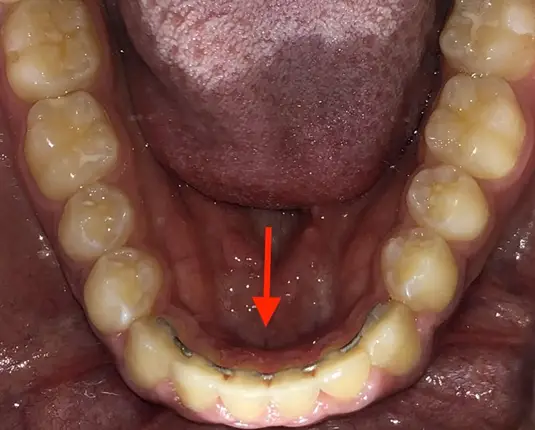
Fixed Retainers (Bonded Retainers)
These retainers are permanently bonded to the back of the teeth, usually the lower or upper front teeth, to keep them in place. They are often used for patients who have had significant orthodontic work and need to maintain their alignment for an extended period.
Material: Typically made of a thin, durable alloy wire that is bonded (glued) to the teeth with special orthodontic glue.
Benefits:
- Permanent: Once attached, fixed retainers stay in place without needing to be removed.
- Convenience: No need to worry about taking them in and out, which makes them a good option for patients who may forget to wear removable retainers.
- Effective for Minor Shifts: Especially useful for maintaining the alignment of the lowerfront teeth or the upper teeth that are more prone to shifting or that had big gaps before.
- Oral Hygiene: Fixed retainers require diligent cleaning around the wire to prevent plaque buildup and avoid gum problems.
- Breakage: Patients have to be careful to avoid biting into hard, sticky, chewie foods with their front teeth as this will break off the glue.
Don’t Wait!
See our orthodontist early and get a free evaluation. The longer you wait, the harder and more painful it will be to fix.
